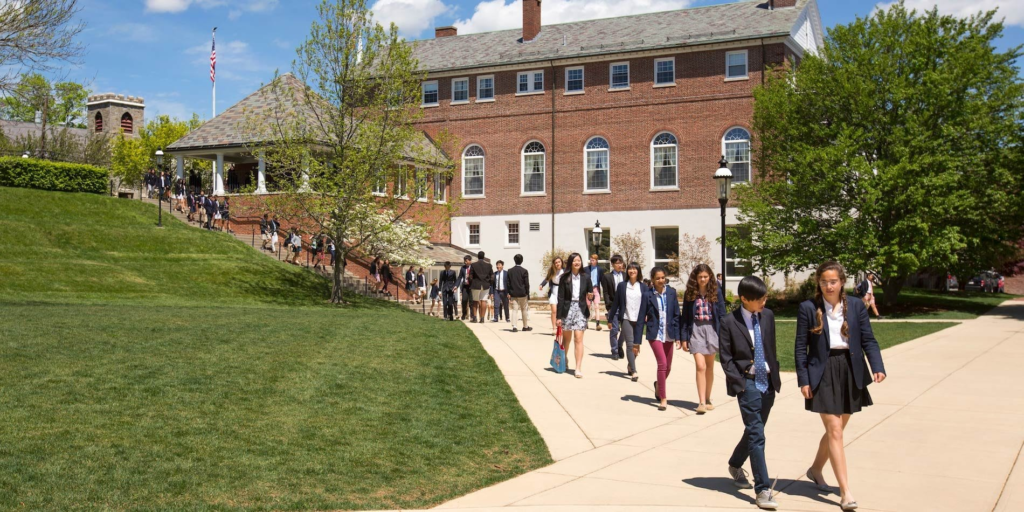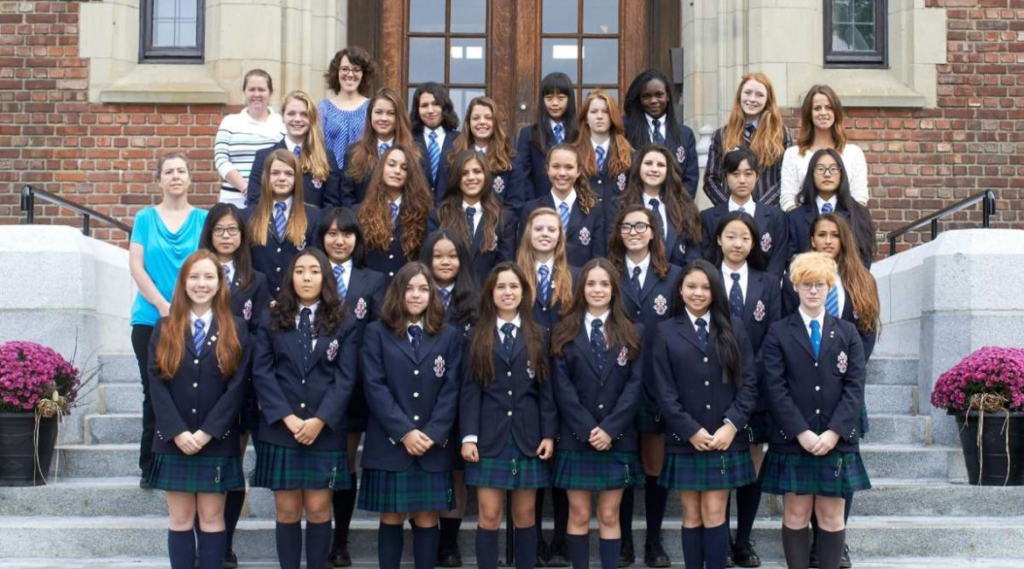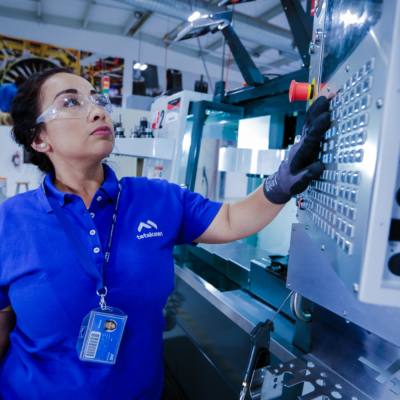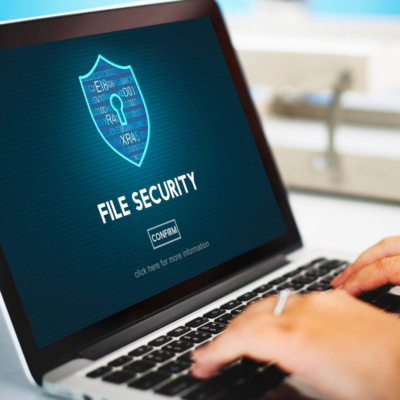Choosing a school for your child is a big decision that can shape their future. One of the biggest choices parents face is between public and private schooling. This long-running debate often centers around questions of quality, cost, class size, and overall experience.
In this article, we’ll compare public and private schools, highlight their key differences, and help you decide what’s best for your child.
What Is Public vs. Private Schooling?
Public schools are funded and operated by government bodies such as local school districts or the state. They are free to attend and open to all children within the school zone.
Private schools, on the other hand, are funded by tuition fees, donations, and sometimes religious organizations. These schools operate independently of the public education system and can choose their own curriculum and rules.
Key Differences Between Public and Private Schools
Understanding how these two types of schools differ is the first step in deciding which is right for your child. Here are some main differences:
- Cost: Public schools are free; private schools charge tuition.
- Curriculum: Public schools follow government guidelines. Private schools have more flexibility.
- Class Size: Private schools usually have smaller class sizes.
- Teachers: Public school teachers must meet state certification requirements. Private school teachers may not.
- Diversity: Public schools often serve a more diverse student body.
- Extracurriculars: Both types offer activities, but funding can vary widely.

Advantages of Public Schooling
Public schools offer a number of advantages, especially for families looking for accessible and community-based education.
One major benefit is affordability. Public education is funded through taxes, so parents do not pay tuition. This makes it available to families from all income levels.
Public schools also tend to reflect the diversity of their communities. Children can interact with classmates from various backgrounds, helping them build social skills and cultural awareness.
Another benefit is access to special education services. Federal law requires public schools to provide support for students with learning disabilities or other needs, which may not be guaranteed in private schools.
Additionally, public schools are overseen by government agencies, which means they follow strict academic and operational standards.
Disadvantages of Public Schooling
While public schools offer many benefits, they also face some challenges.
One of the most common concerns is large class sizes. With limited funding, many public schools are forced to accommodate more students per teacher, making it harder to give individual attention.
Resources can also be an issue. Some public schools face budget cuts, outdated materials, or fewer extracurricular options.
Another limitation is the standardized curriculum. Teachers often have less freedom to adapt lessons based on student needs or interests because they must follow state guidelines and prepare students for standardized tests.
Advantages of Private Schooling
Private schools offer a different kind of education experience. One of the biggest advantages is smaller class size. With fewer students per classroom, teachers can give more one-on-one attention, which may improve learning outcomes.
Private schools also have more control over their curriculum. They can design programs that reflect specific values or focus areas such as arts, science, or religion. This flexibility allows schools to tailor their approach to what they believe works best for their students.
Many private schools are known for strong academic programs, college preparation, and high test scores. They may offer advanced placement classes, college counseling, and other services to help students succeed.
Extracurricular activities such as sports, music, and drama are often well-funded and widely available.
Disadvantages of Private Schooling
The most obvious drawback of private schools is cost. Tuition can range from several thousand to tens of thousands of dollars per year. In addition, parents may need to pay for uniforms, books, trips, and other expenses.
Private schools also tend to be less diverse, especially if they serve a specific religious or cultural group. This can limit students’ exposure to different perspectives.
While many private schools offer excellent education, not all of them meet the same teaching or facility standards. Teachers may not be required to hold certification, and there is no government oversight to ensure quality across the board.
Private schools are not required to offer special education services, so they may not be the best fit for children who need additional support.
Academic Performance Comparison
Many parents believe private schools offer a better academic experience. While some private schools do show higher test scores and graduation rates, this is not always due to better teaching. In many cases, private schools serve students from wealthier families, with access to more educational support at home.
Public schools, especially in well-funded districts or magnet programs, can perform just as well—or even better—academically. It’s important to compare individual schools rather than assuming one type is better than the other.
Parent Involvement and School Culture
Both public and private schools benefit from involved parents, but the level of involvement can vary. Private schools often encourage strong parent participation through volunteer work, events, and regular communication.
Public schools also value parent involvement, but time and resource constraints may limit these opportunities. Still, many public schools have active parent-teacher associations that play a big role in shaping school culture.
Social Development and Environment
Public schools often provide a more realistic view of the larger world by exposing students to different social and cultural backgrounds. This can help build tolerance, understanding, and social awareness.
Private schools may offer a more controlled and safe environment, which some parents prefer. However, this can come at the cost of real-world experience and social growth.
The right setting for social development depends on your child’s personality and needs. Some thrive in diverse, bustling environments, while others do better in structured, close-knit communities.
Cost Breakdown
Here’s a quick comparison of typical costs:
- Public school: Free, though parents may pay for supplies or optional activities.
- Private day school: $12,000 to $20,000 per year.
- Private boarding school: $30,000 to $60,000 or more per year.
Keep in mind that scholarships and financial aid may be available for private schools, though competition can be high.

Which School Type Is Right for Your Child?
The choice between public and private schooling depends on several factors:
- Your family budget
- Your child’s academic needs and learning style
- Location and quality of nearby public schools
- Availability of special programs or support services
- Importance of diversity or specific values
- College preparation goals
Rather than focusing on public vs. private as a whole, it’s best to research specific schools, visit campuses, talk to teachers and parents, and consider your child’s unique needs.
Final Thoughts
The public vs. private schooling debate does not have a one-size-fits-all answer. Both systems offer valuable education options, and each has its own strengths and weaknesses.
What matters most is finding the school environment where your child feels supported, challenged, and inspired to learn. With careful thought and research, you can make a choice that fits your family and helps your child grow into their full potential.
Do Follow USA Glory On Instagram
Read Next – The Environmental Impact of Industrial Farming in the U.S.






